CRICKET NEWS
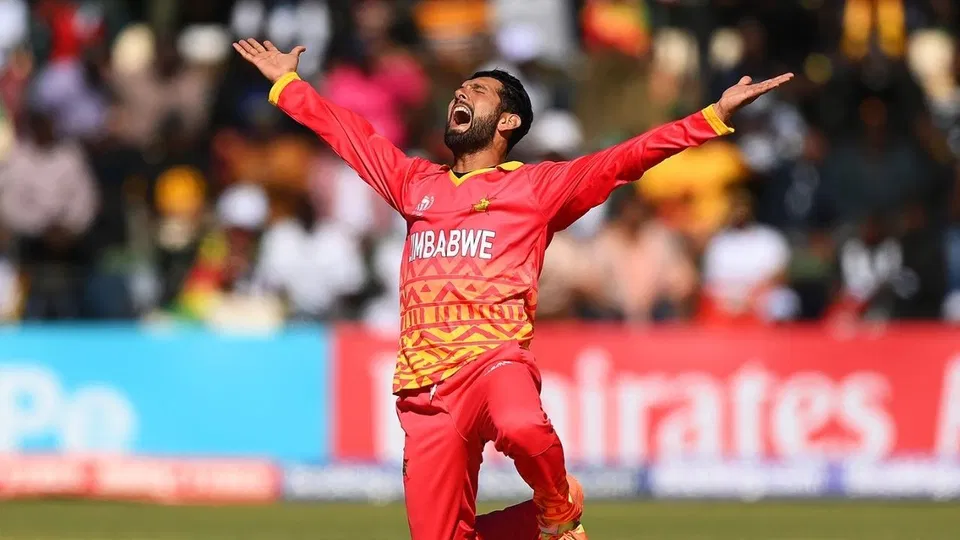
Fact Check– Will Sikandar Raza’s visa ban force Zimbabwe to boycott T20 World Cup 2026?
Zimbabwe Cricket did not boycott the T20 World Cup 2026, and claims linking Sikandar Raza’s visa issue to a withdrawal were found to be false.
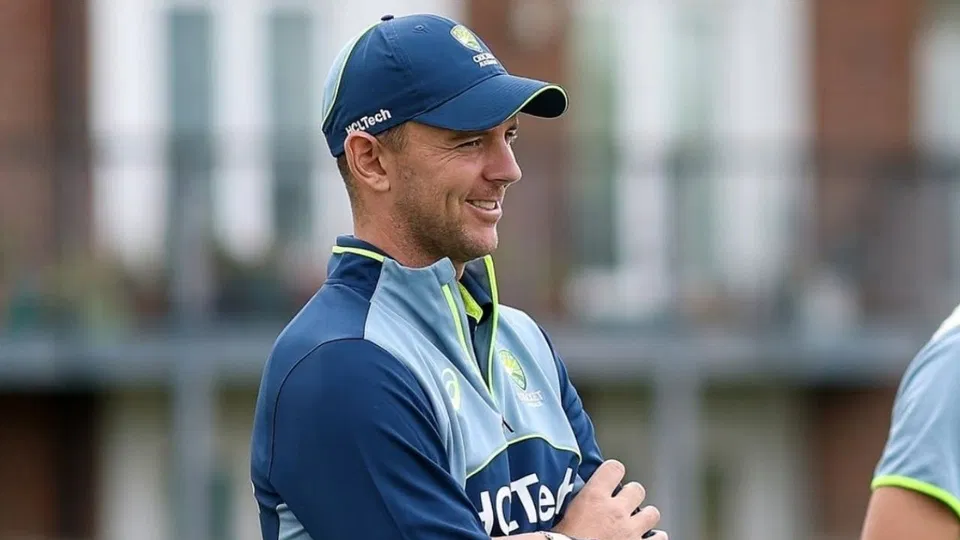
Josh Hazlewood set for possible return at T20 World Cup 2026
Australia pacer Josh Hazlewood is expected to make a comeback at the ICC T20 World Cup 2026.
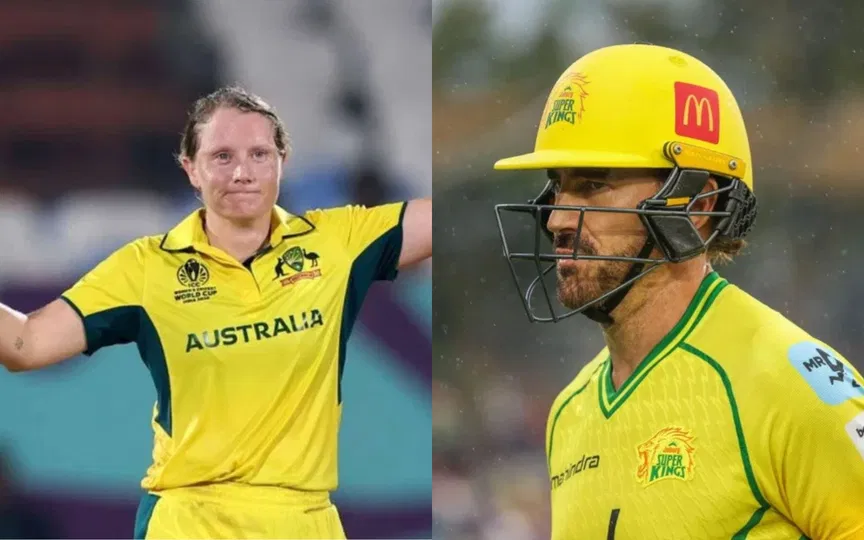
Alyssa Healy retirement, Faf out of SA20 and WI squad – January 13 Cricket highlights
A daily recap of five of the biggest cricket news that emerged out of Tuesday, January 13; from West Indies squad to Alyssa Healy’s international retirement.

Sam Curran to lead MI London in The Hundred 2026; Franchise confirm 3 pre-auction signings
MI London (formerly Oval Invincibles) confirm their three pre-auction signings, including Sam Curran who will captain them in the Hundred.

Another injury scare for Australia! Marcus Stoinis forced to retire ahead of T20 World Cup
Marcus Stoinis suffers a thumb injury during Melbourne Stars vs Adelaide Strikers game in BBL.
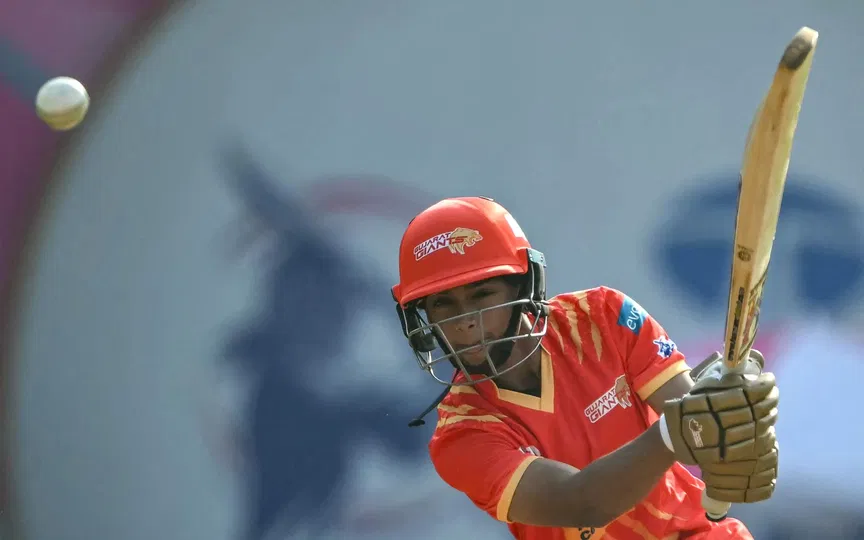
Gujarat Giants suffer blow as Anushka Sharma out with injury after dream WPL debut
Gujarat Giants have been dealt an early setback in WPL 2026 as they lose young promising batter to injury.

Toby Radford appointed as Afghanistan coach for T20 World Cup 2026 after Jonathan Trott's exit
Afghanistan have begun preparations for the 2026 T20 World Cup by appointing a new batting coach.
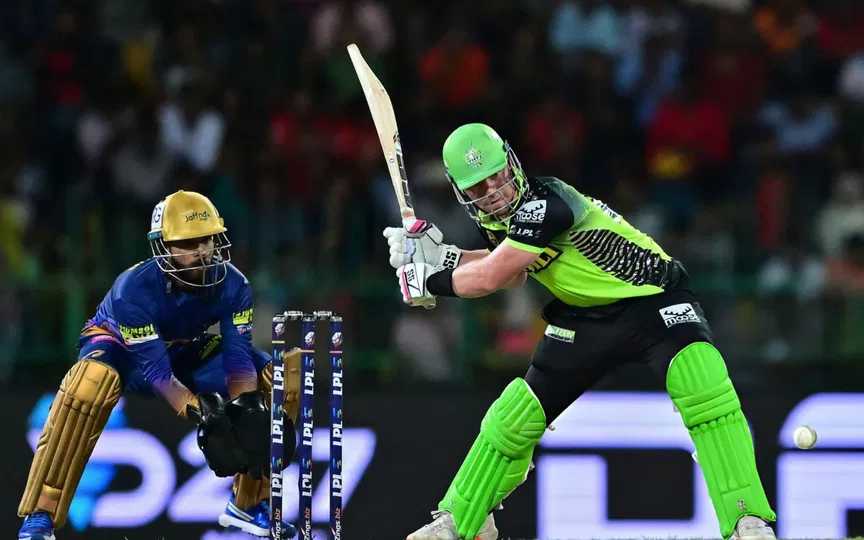
SLC scraps auction for Lanka Premier League 6; Player draft date confirmed
Sri Lanka Cricket announce player draft for Lanka P
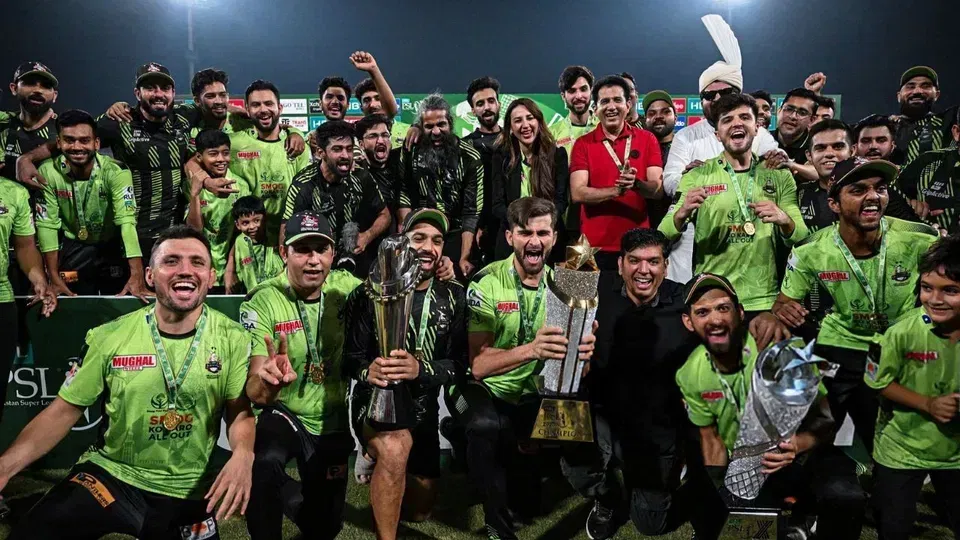
Drama in PSL! Shaheen Afridi’s Lahore Qalandars reject PCB’s plan to have IPL-like auction
In a significant development Lahore Qalandars have voted against the idea to introduce IPL-like auction system for PSL for season 11.
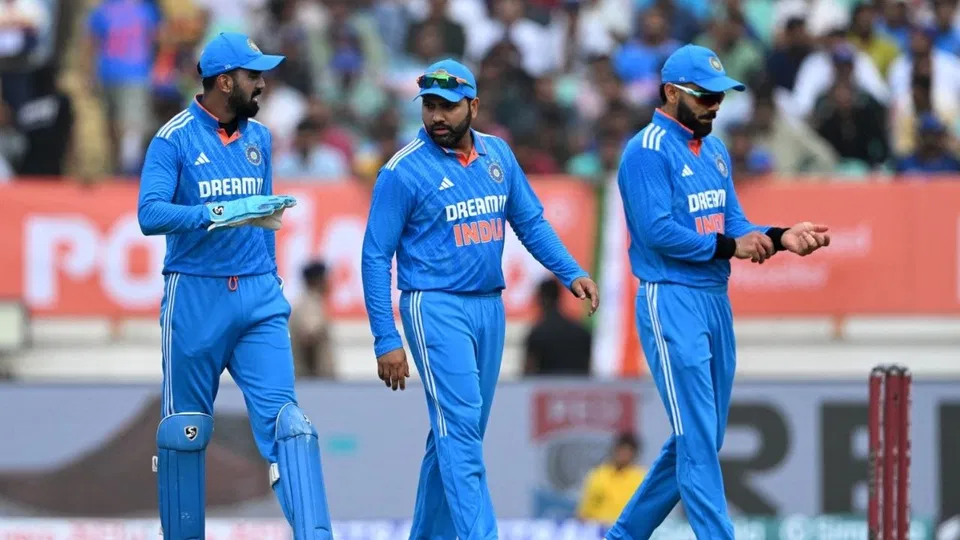
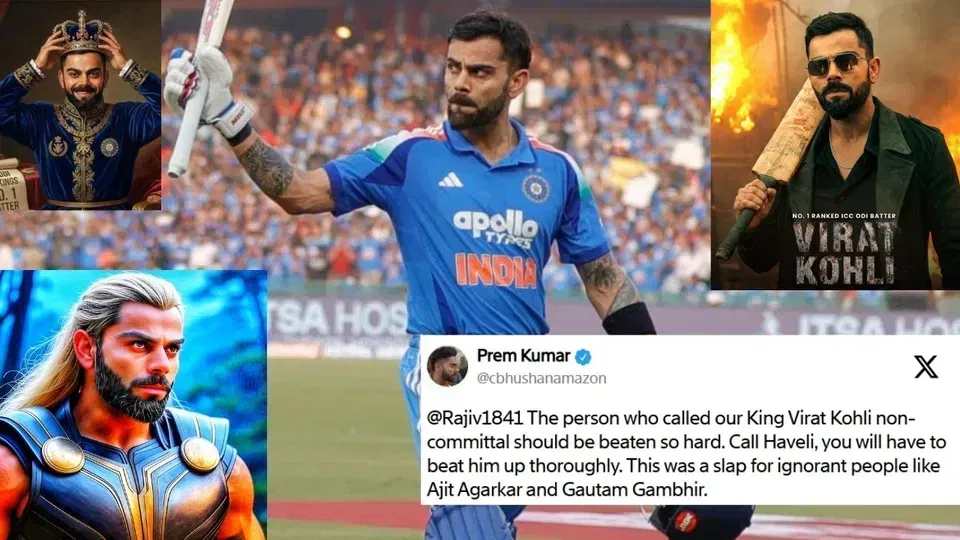

.jpg)

